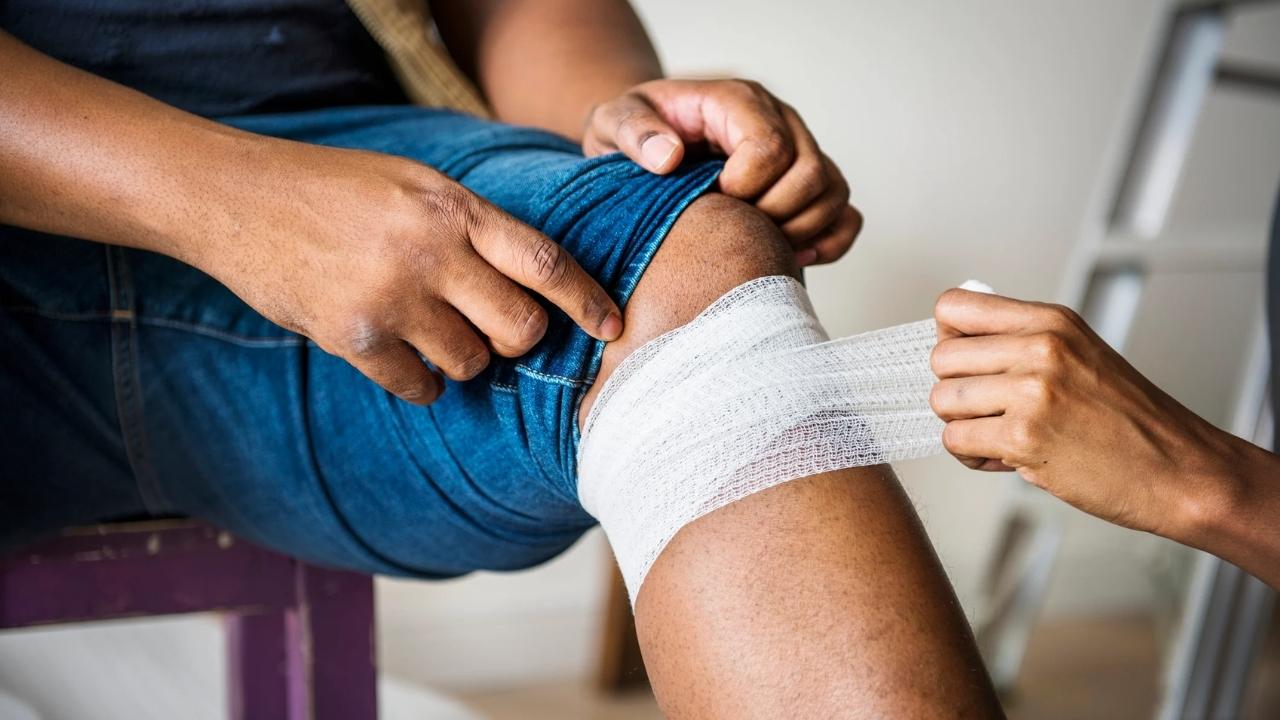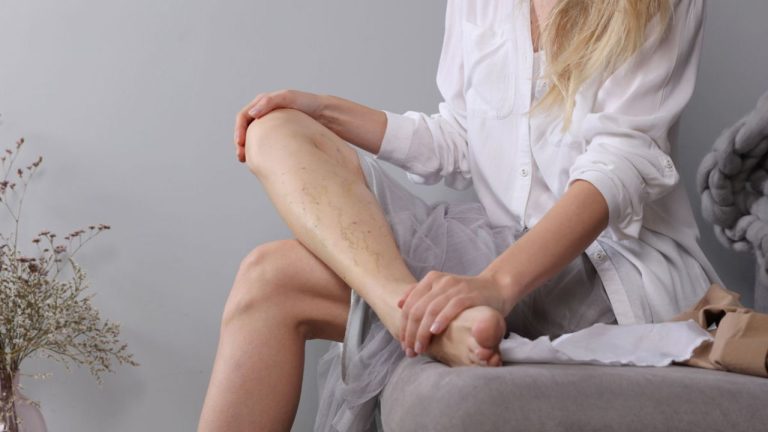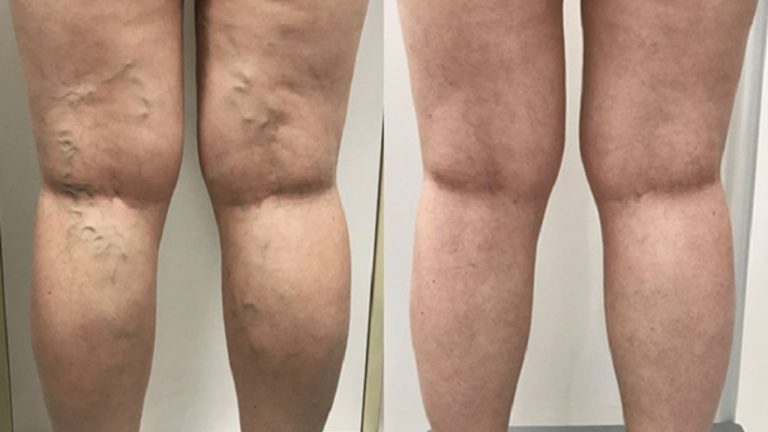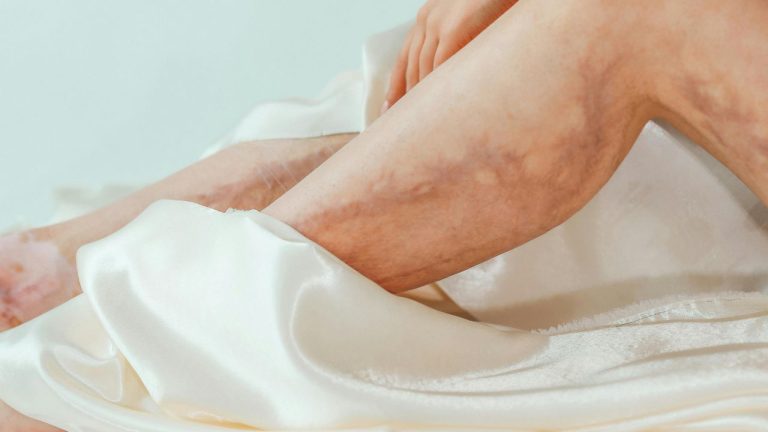Varicose vein surgery is a commonly performed procedure aimed at treating enlarged, twisted, or painful veins in the legs. These veins can cause discomfort, limit mobility, and affect overall quality of life. Understanding what to expect after surgery helps patients prepare both physically and mentally for the recovery process.
Most people experience mild pain, bruising, and swelling in the treated areas. While these symptoms are generally temporary, knowing how to manage them can greatly improve comfort and support faster healing.
Recovery is a gradual process, requiring adjustments to daily activities, sleep positions, and mobility. Patients who carefully follow post-operative instructions often enjoy quicker recovery, fewer complications, and better long-term results.
During the initial days after surgery:
- Some soreness, bruising, and mild swelling are normal.
- Light walking is encouraged to maintain healthy circulation.
- Compression stockings or bandages are used to support veins and reduce swelling.
Ready to dive into the full recovery guide? Let’s go!
What to Expect After Varicose Vein Surgery?
Varicose vein surgery is a common procedure aimed at treating enlarged, twisted, or painful veins in the legs. While modern techniques are minimally invasive, understanding what to expect after varicose vein surgery is crucial for a smooth and safe recovery.

1. Immediate Post-Surgery Symptoms
After surgery, it’s normal to notice some discomfort and visible changes in your legs. The body is naturally responding to the procedure, and symptoms typically improve over time. Understanding these changes helps you avoid unnecessary worry.
- Mild pain or discomfort: You may feel soreness or aching in the treated area. Pain intensity varies depending on the procedure type.
- Bruising and swelling: Bruising may appear as purple or blue patches, and swelling can make legs feel tight. This usually peaks within the first 2-3 days and gradually subsides.
- Heaviness or tightness: Many patients describe a feeling of fullness or heaviness in the legs, which is part of the normal healing process.
Care Tips: Use pillows to elevate your legs, avoid prolonged standing, and follow your doctor’s instructions for pain relief to make these early days more comfortable.
2. Pain Management
Proper pain management is essential to ensure comfort and smooth recovery. Ignoring pain or avoiding care can slow healing and increase the risk of complications.
- Medication: Over-the-counter pain relievers are often recommended. Follow the dosage instructions provided by your doctor.
- Leg elevation: Raising your legs above heart level for 15–20 minutes several times a day reduces pressure on veins and alleviates discomfort.
- Compression therapy: Wearing compression stockings or bandages supports veins, improves blood flow, and decreases swelling and heaviness.
- Ice packs: For inflammation, short cold compress sessions (10–15 minutes) can relieve discomfort. Always wrap the ice in a cloth to protect your skin.
Pro Care Tip: Give your legs a little love – elevate them when you can and take gentle walks. This simple combo helps blood flow better, eases discomfort, and speeds up your recovery.
3. Mobility and Activity
Maintaining light activity is critical after varicose vein surgery to prevent blood pooling and promote circulation. However, overexertion can delay recovery.
- Walking: Short, gentle walks several times a day are highly recommended, even in the first few days.
- Avoid heavy lifting: Stay away from high-impact exercises or lifting until your doctor gives clearance.
- Gradual return to normal activities: Depending on your procedure and recovery speed, most patients can resume daily routines within 1–2 weeks.
- Leg stretches: Gentle calf stretches or ankle rotations while sitting or lying down help improve blood flow.
Care Tip: Think of movement as medicine for your veins – consistent, gentle activity is more effective than intense bursts.
4. Sleep and Rest Tips
Proper rest and sleep positions can minimize swelling, reduce discomfort, and promote healing.
- Leg elevation: Keep your legs raised using pillows or a wedge while lying down.
- Avoid restrictive positions: Do not sleep with legs crossed or under heavy blankets that compress circulation.
- Rest breaks during the day: Short periods of leg elevation while watching TV or reading can be very effective.
Care Tip: Alternating periods of walking with rest keeps circulation steady without overstraining the veins.
5. Monitoring for Complications
While most recoveries are smooth, being aware of warning signs is crucial for safety. Early detection allows timely intervention and prevents serious issues.
- Severe or increasing pain: Could indicate infection or other complications.
- Redness, warmth, or swelling: Monitor for signs of inflammation or blood clots.
- Bleeding at incision sites: Minor spotting may be normal, but persistent bleeding requires medical attention.
- Sudden leg heaviness or warmth: May signal deep vein thrombosis (DVT).
Care Tip: Keep a daily log of symptoms and swelling; this helps your doctor track recovery and detect problems early.
6. Long-Term Care and Lifestyle Adjustments
Long-term care ensures lasting vein health and prevents recurrence. Making consistent lifestyle adjustments can significantly improve outcomes.
- Compression stockings: Continue wearing as recommended, especially during long periods of standing or travel.
- Healthy weight: Maintaining a healthy BMI reduces strain on the veins.
- Physical activity: Walk daily and engage in low-impact exercises like swimming or cycling.
- Avoid prolonged sitting/standing: Take breaks to move and stretch regularly.
- Dietary considerations: A balanced diet with limited salt helps reduce fluid retention and swelling.
- Hydration: Staying hydrated improves blood flow and overall circulation.
Care Tip: Treat your legs gently, listen to your body, and follow your doctor’s advice to maintain long-term vein health.
Read Also: What Happens If a Varicose Vein Bursts Internally
When to Contact Your Doctor?
While mild discomfort, bruising, and swelling are normal, certain symptoms may indicate complications and require prompt medical attention:
- Severe or sudden leg pain that does not improve with rest or medication
- Swelling accompanied by redness, warmth, or tenderness
- Skin changes such as ulcers, thickening, or unusual discoloration
- Rapid changes in leg appearance, numbness, or tingling
Early consultation ensures that potential issues like infections, blood clots, or delayed healing are addressed promptly.
FAQ
- How long does recovery take after varicose vein surgery?
Most patients resume normal activities within 1-2 weeks, though full healing can take several weeks depending on the procedure and individual factors. - Is swelling normal after surgery?
Yes, mild swelling and bruising are common and usually improve within 1-2 weeks. - Can I walk immediately after surgery?
Gentle walking is encouraged to improve circulation. Strenuous activity should be avoided until cleared by your doctor. - How should I sleep after varicose vein surgery?
Sleeping on your back with your legs elevated is preferred. Side sleeping is acceptable with support; avoid stomach sleeping. - When should I see a doctor?
Seek medical advice if pain is severe, swelling is accompanied by redness or warmth, or if you notice skin changes or sudden leg issues.
Conclusion
After varicose vein surgery, it is normal to experience mild discomfort, bruising, and swelling as part of the healing process. Proper post-operative care – including leg elevation, compression therapy, gentle activity, and careful monitoring – is essential for a smooth recovery and optimal long-term results.
Understanding what to expect after surgery empowers patients to manage their recovery proactively, minimize complications, and regain comfort and mobility efficiently. Following recommended care routines not only speeds up healing but also helps ensure lasting vein health and improved quality of life.
Wishing you a smooth recovery and healthy, pain-free legs ahead!



